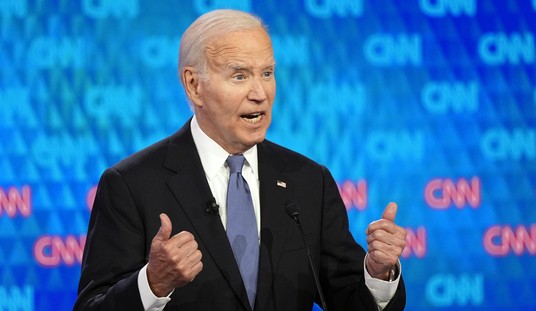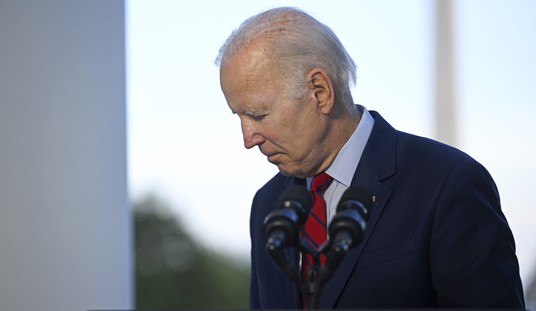In a recent post, Timothy Brahm of the Equal Rights Institute (ERI) lamented that pro-aborts shouted down their poll table at UC Davis. He asked how conservatives should respond to campus censorship.
In fact, Brahm answered his own question. On Day 2, ERI invited At The Well Ministries to set up Project Truth, a display that features abortion photos.
The difference was indisputable. Pro-aborts could not censor the photos by yelling at them. In spite of their bully tactics, abortion photos were seen by thousands of passersby who now know that abortion decapitates and dismembers little human beings. They know that the preborn child is not “just a blob of tissue.”
I direct the Genocide Awareness Project (GAP), an outreach of the Center for Bio-Ethical Reform (CBR) that features abortion photos on huge panels which we routinely display on college campuses. Pro-aborts can’t shout down our photos. When they try, they only draw more attention to our message.
They occasionally try to hide the photos, but we have already put campus administrators on notice that we will sue them if they allow surrogates to block our visual message. That works, because protecting our speech rights for two days is much less costly than fighting us in court for the next two years. And losing. And then paying our legal fees.
We deter criminal interference by videotaping everything we do and demanding that lawbreakers be held accountable.
Our ALL Black Lives Matter (ABLM) display is a variation of GAP that focuses on abortion in the Black community. We have taken it into the most heated environments we could find:
· At the U of Missouri, Black Lives Matter (BLM) protesters forced the president and chancellor to resign. We set up ABLM in the middle of campus.
Recommended
· Ohio State law student Madison Gesiotto wrote an article about abortion in the Black community. BLM activists threatened her and the Law School Dean persecuted her for expressing disfavored opinions. We set up ABLM outside the Law School and challenged the Dean to pick on somebody his own size.
· At Purdue, pro-life students raised awareness of abortion’s effect on the Black community. BLM activists were enraged. We set up ABLM in the middle of campus.
The ABLM display doesn’t pull punches. One panel features a Confederate battle flag, along with the question, “Which is more hateful, evil done to us, or evil done by us?” Another explains how Planned Parenthood suppresses the Black vote more than the KKK ever could.
BLM activists wanted to say we have no right to speak because of our skin color, but we took that canard off the table by teaming with Black pro-lifers from the Life Education and Resource Network (LEARN).
The best response to bullies is to stand up to them. We don’t let hooligans decide whether we get to speak nor what we get to say. At Mizzou and Purdue, BLM protesters disappeared after the first day. At Ohio State, they never showed up, and the Dean hid in his office.
We love ERI and are indebted to them for pioneering work in pro-life apologetics. But their stated limitations on the use of abortion images, and their rationale for those limitations, speak of fatal flaws prevalent throughout the pro-life movement, flaws in strategy which could doom us to fail.
The goal of the UC Davis poll table was to have persuasive dialogue, but in practice, that means conversing with the very few passersby who will grant an interview. Why is that a goal? To end abortion, we must convince tens of millions of Americans that abortion is so evil it should be illegal. Can we realistically dialogue with tens of millions?
Brahm said casual observers would not know from looking what their message is, but most who are casual about abortion aren’t going to walk over to a poll table. And aren’t these the very people whose minds we must change? Should we let them walk away with nothing?
ERI won’t show abortion photos (i.e., the evidence) to people who don’t give their consent. But that only ensures that casual observers, our most important audience, never see them. Fifty years ago, casual Americans did not ask to see photos of Black marchers being attacked with dogs and water cannons, but Martin Luther King and his allies in the media put those images into millions of American homes. Americans were forced to see and choose which side they would support.
Long discussions are fine for the very few who will submit to them, but most of our audience doesn’t wish to engage. So often, we get only three seconds to make our case, three seconds to prove that abortion is so evil that it should be illegal. Only a photo will do that.
If we make the barbarity of abortion (i.e., abortion photos) optional, we allow pro-aborts to change the subject. Pro-aborts love to talk about choice, women’s rights, poverty, etc., anything but the decapitation and dismemberment of little human beings. We can’t let them do it.
If we hide the horror, we make it optional even to care. People who don’t know much about the brutality of abortion are not apt to care much.
Some believe showing disturbing truth somehow prevents dialogue. That has certainly not been our experience. Every day, we speak with hundreds of passersby who would never walk over to a poll table. But by showing what abortion is and does, we create many more opportunities than we lose, and it’s not even close.
It’s not that pro-life groups must display abortion images at every turn. There are times for poll tables and other events that don’t feature them. But if we never display them at all, we will lose. To change public opinion in a big way, we must force tens of millions of Americans to see and choose. For the casual American, we get only three seconds to do it. To overcome censorship, we must be bold, and we must be visible.
























Join the conversation as a VIP Member